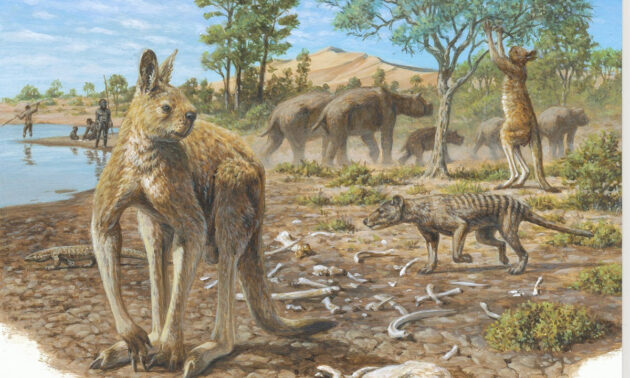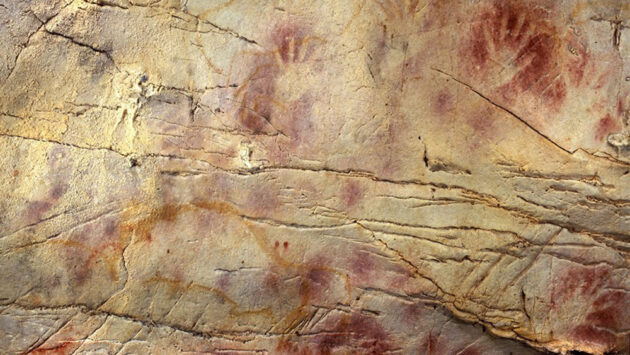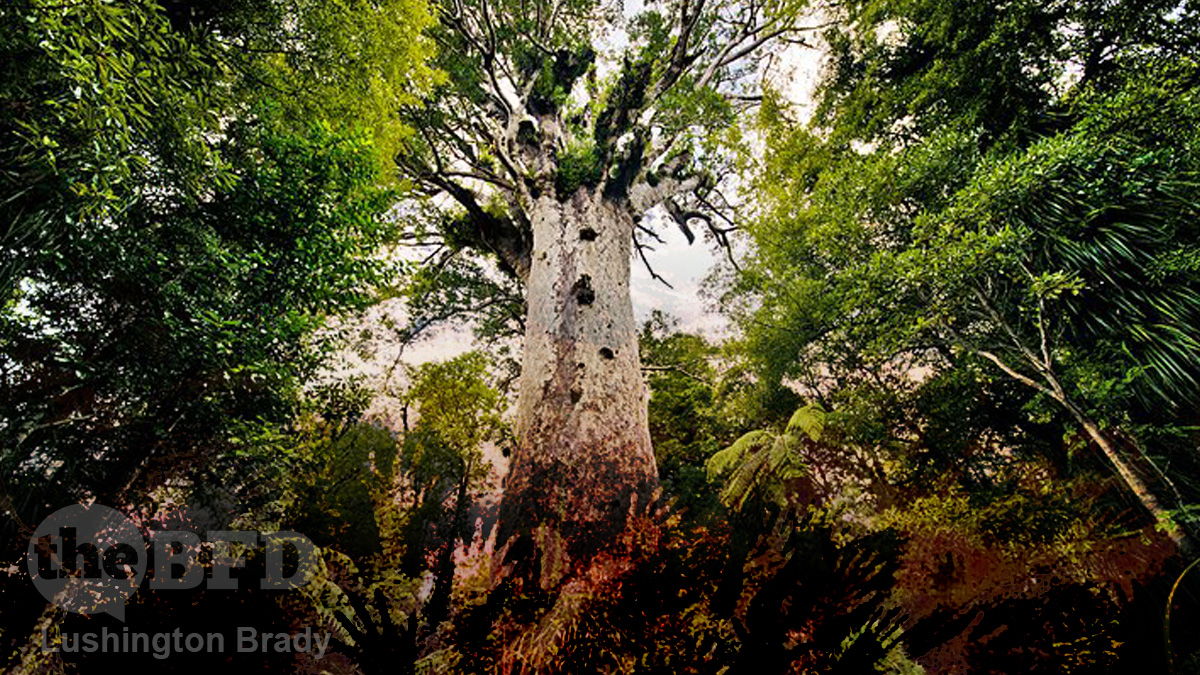I once had the dubious pleasure of being harangued by an elderly hippy about “Nibiru”, the supposed mysterious planet that was going to collide with the Earth in the next year. That was several years ago, so I can chalk that up to yet another end-of-the-world that I’ve survived. But the hippy lady was also quite worked up about a magnetic field reversal that was going to wipe out humanity, too. Hedging her bets, I guess.
As it happens, Old Mrs Hippy wasn’t completely wrong about magnetic fields. The Earth’s magnetic field is quite variable (it’s thought that one of the disasters plaguing the Scott expedition was that they were literally chasing a wandering south magnetic pole) and regularly (on geological time scales) flips completely. While such a reversal would surely play havoc with with many modern electrical systems, they certainly wouldn’t wipe out humanity.
But there is emerging evidence that magnetic pole reversals can be catastrophic events – and ancient New Zealand trees are helping provide some of the answers.
A flip-flop of Earth’s magnetic poles between 42,000 and 41,000 years ago briefly but dramatically shrank the magnetic field’s strength — and may have triggered a cascade of environmental crises on Earth, a new study suggests.
The Laschamps excursion was a brief reversal of the Earth’s magnetic field which lasted less than a thousand years. Barely a geological blink, but enough to affect us short-lived creatures. When such a reversal occurs, Earth’s magnetic field, which largely shields the planet from a constant barrage of cosmic rays – charged particles streaming from the Sun and deep space – weakens. Such “space weather” can affect weather down here on Earth. For instance, cosmic rays may weaken the ozone layer, which protects the Earth from harmful ultraviolet radiation.
It’s effects like this which have led scientists to hypothesise that magnetic field reversals could be linked to ancient mass extinction events. The problem is finding supporting evidence, such as precisely correlating geomagnetic events with other ancient records such as ice cores or environmental data.
Enter New Zealand’s kauri tree, among the most ancient in the world. The country’s swampy bogs preserve the relics of kauri trees dating as far back as the Laschamps excursion. Cooper and his colleagues obtained cross-sections from four ancient trees recovered from a swamp at Ngawha Springs in northern New Zealand, and analyzed them for carbon-14, a radioactive form of carbon[…]
In particular, one massive preserved log dating to about 41,000 years ago offered up a 1,700-year-long carbon-14 record. That record revealed major changes in carbon-14 during the time period running up to and including the Laschamps excursion, the team reports. That makes sense: Increasing incoming cosmic rays — as would occur with a weakened magnetic field — also produce more carbon-14 in the atmosphere, a carbon signature which would then become incorporated into the tree’s tissues.
So, we’ve got correlation. But what about causation? Here, we’re on less firm ground, relying on computer modelling. Such modelling suggests that increased cosmic rays would increase atmospheric production of ozone-depleting chemicals. In turn, atmospheric changes might affect sunlight absorption in the atmosphere, causing climate change events.
Such effects may have in fact occurred at that time. Using the carbon-14 dates from the kauri trees, the team examined sediment, pollen, and other data from before and during the Laschamps excursion that point to sudden cooling at locations from Australia to the Andes.
Science News
Interestingly, it appears that the most intense effects occurred not during the actual pole reversal, but in the transitional period preceding it. For hundreds of years leading up to a pole reversal, the magnetic field weakens considerably. In the period from about 42,300 to 41,600 years ago preceding the Laschamps excursion, the magnetic field dropped to as low as 6 percent of its current strength. But during the actual reversal, it was only one-third its normal strength.
This transitional period correlates with a cluster of megafauna extinctions, including the Diprotodon (a wombat the size of a small hippo) and the giant kangaroo Procoptodon. It’s long been thought that the arrival of human hunters knocked these creatures off the perch. But humans may have been already present in Australia for as much as 20 000 years.

Instead, a perfect storm of climate changes may have significantly stressed the megafauna populations. At the same time as the magnetic field weakening, ice core data suggests that solar activity was at a minimum, leading to significant cooling. Human predation may have been just another straw on the megafaunas’ backs.
But ancient humans also left behind another clue. Cave paintings in sites such as Spain’s El Castillo caves show an increased abundance of red ochre handprints at the time. It’s been hypothesised that red ochre was used as a sunscreen and also that humans may have sheltered in caves from the intense sun.

These are all tantalising prospects, but new evaluations of such disparate data have opened up dozens of lines of investigation for other extinction events and their possible links with other magnetic pole reversals. Radiocarbon dating using New Zealand’s ancient kauri trees will continue to provide valuable scientific evidence.
Please share this article so that others can discover The BFD

